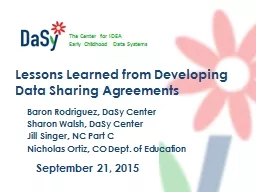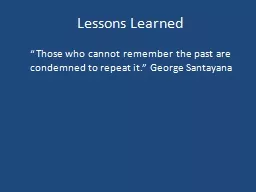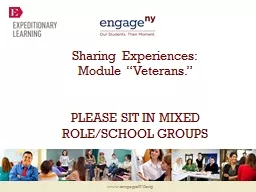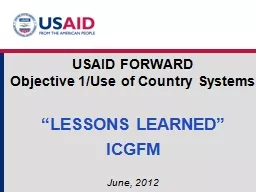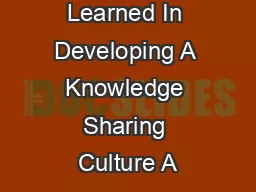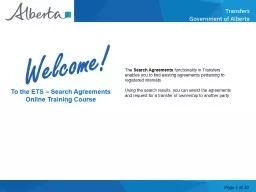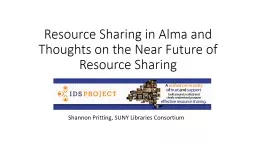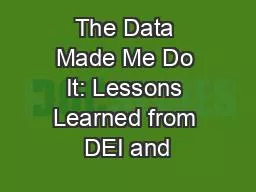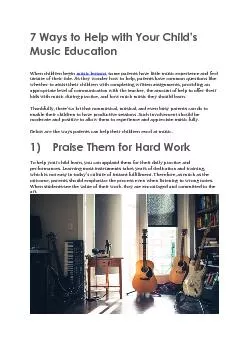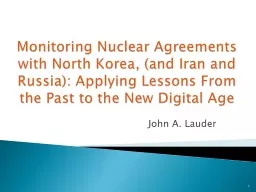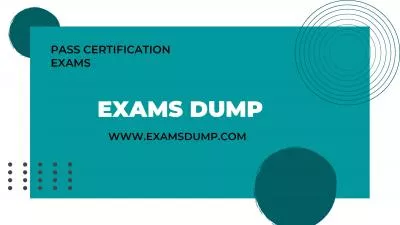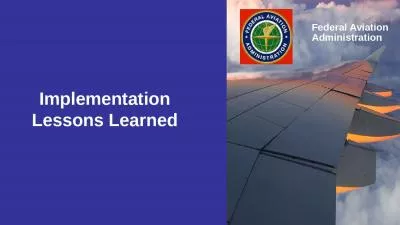PPT-Lessons Learned from Developing Data Sharing Agreements
Author : mitsue-stanley | Published Date : 2020-01-20
Lessons Learned from Developing Data Sharing Agreements Baron Rodriguez DaSy Center Sharon Walsh DaSy Center Jill Singer NC Part C Nicholas Ortiz CO Dept of Education
Presentation Embed Code
Download Presentation
Download Presentation The PPT/PDF document "Lessons Learned from Developing Data Sha..." is the property of its rightful owner. Permission is granted to download and print the materials on this website for personal, non-commercial use only, and to display it on your personal computer provided you do not modify the materials and that you retain all copyright notices contained in the materials. By downloading content from our website, you accept the terms of this agreement.
Lessons Learned from Developing Data Sharing Agreements: Transcript
Download Rules Of Document
"Lessons Learned from Developing Data Sharing Agreements"The content belongs to its owner. You may download and print it for personal use, without modification, and keep all copyright notices. By downloading, you agree to these terms.
Related Documents

